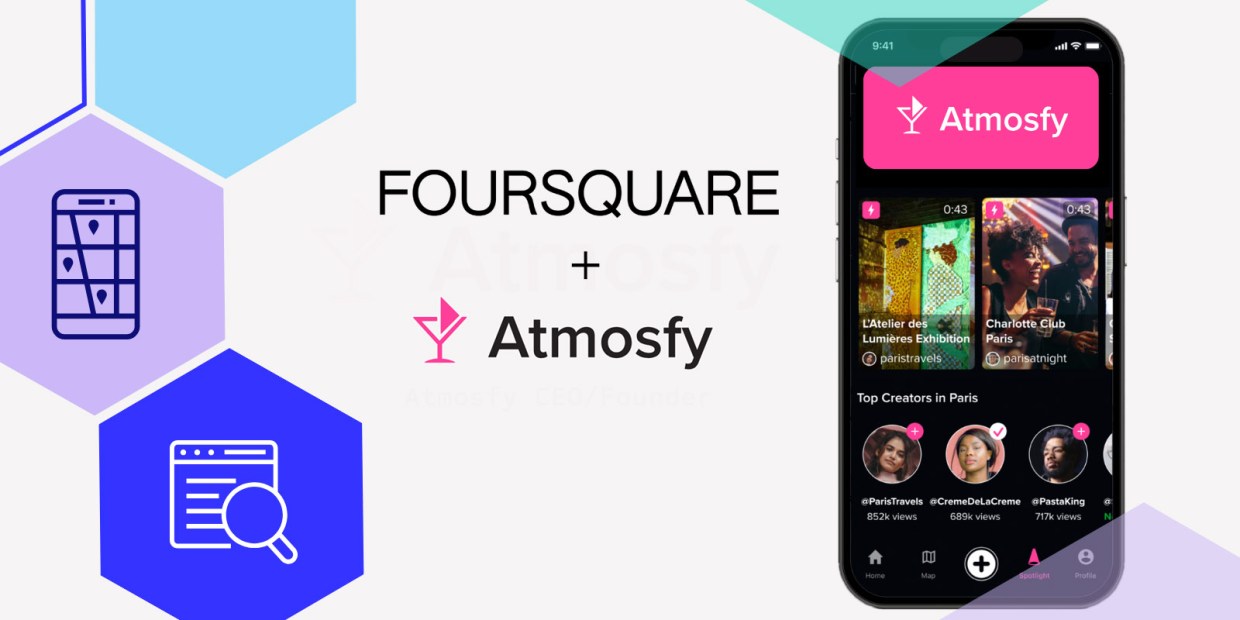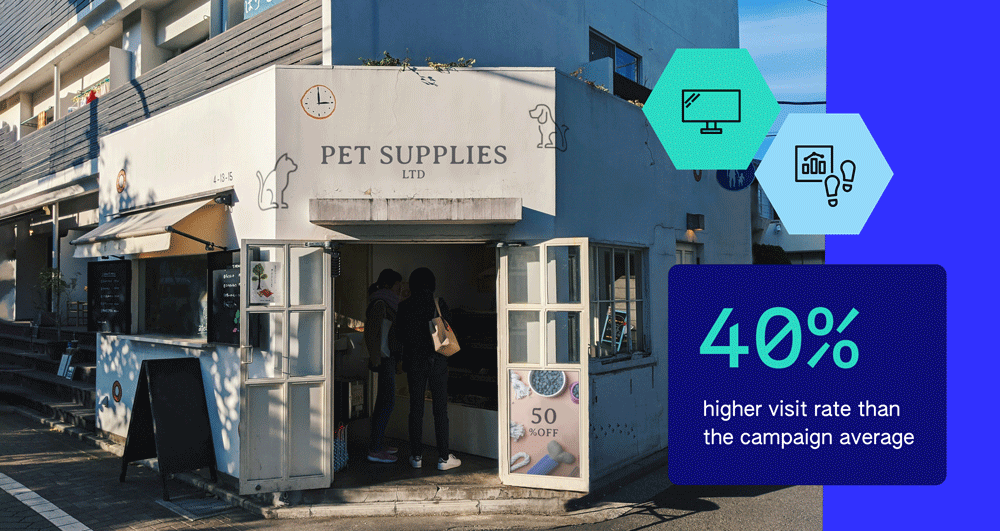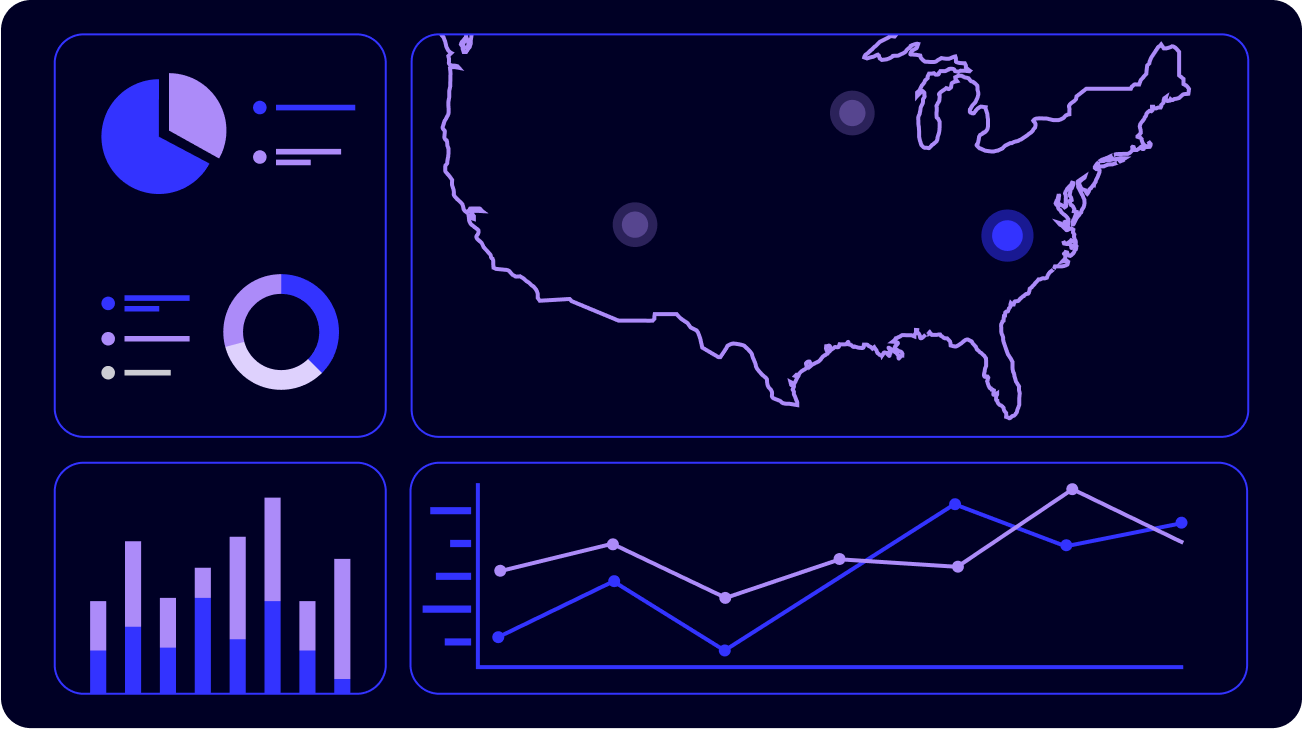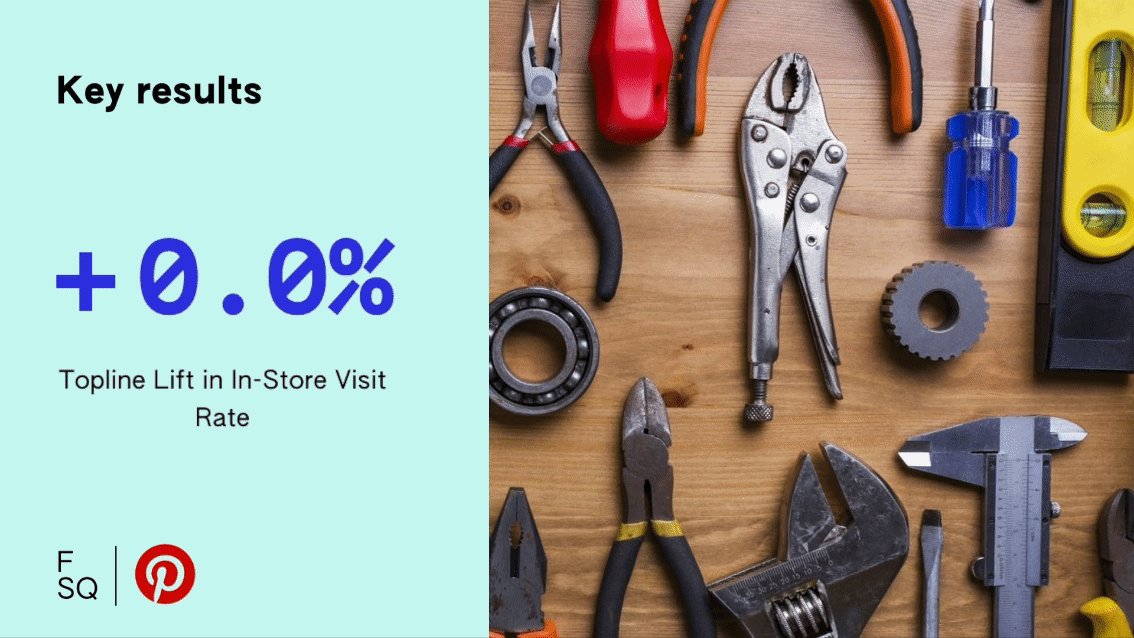Place discovery through authentic video content
Talk to any active consumer who spends money, and you’ll quickly learn that consumer behavior is rapidly changing for where and how users discover new places of interest. Executing a search query for “best restaurants in Paris” yields results that are a boring fighting match for whichever media outlet has the most effective SEO team, and lack the peer-to-peer authenticity and social proof that users crave when making a decision.
Enter, Atmosfy. The engaging and insightful app that lets you explore retail locations and dining through video. With a familiar algorithmic feed, you can easily browse 10-second videos from other customers who recently dined at places near you.

Whether you’re just browsing, actively looking, or planning a travel itinerary, Atmosfy is a fantastic way to see video content of local dining, nightlife, and experiences in your area or where you plan to travel to.
Having accurate and reliable Places data brings magic to Atmosfy’s app experience
When Michael and his team of engineers and developers started to build Atmosfy, they knew a fundamental primitive that would help to make the app magical is accurate and reliable: Places data.
“We do a lot of qualitative and quantitative research,” Ebel said. “And our users were loud and clear that videos plus detailed information about places was critical for us.”
As Atmosfy users scroll through their feed and interact with the app, it’s crucial that video content is rendered from Places that are relevant to the users. This is dictated by a combination of location awareness based on where the users currently are, user input of where they intend to go, and Atmosfy’s personalization algorithms. Atmosfy uses this information to query its vast content library and match it against personalized user tastes to show users hyperlocal experiences they’re likely to be interested in.
“Places data quality is extremely important, and we have found that Foursquare Places offers the best coverage, precision and reliability provides us with more inputs for our algorithms so we can deliver the most relevant content to our users,” Ebel said. “For our users, the rich Places information helps them make decisions about where to go next. .”
At Foursquare, these types of consumer use cases validate Foursquare’s extensive investment and energy focused on constantly improving the data quality of the Places dataset. Knowing if a Place is open or closed, its neighborhood/city/state/etc., the opening hours, and 90+ more attributes is hard. But doing that at scale for over 200 million Places around the world is a heroic engineering feat.
When using Places data to build an application like Atmosfy, customer value starts and stops at the integrity and quality of the data.

Breadth of Place attributes offers Atmosfy developers creative outlets to build new features
Beyond Core attributes like the Place location, Foursquare offers an extensive menu of rich attributes that help give metadata and describe the Place in detail. These details give developers and the content team at Atmosfy more ways to deliver value to users.
For example, Fourquare’s category and chain libraries have been useful in improving the Place match process for when a user uploads a new video.
Prior to FSQ, there were challenges with video attribution to locations at scale, as we have content coming in across 150+ countries. This gives us a huge advantage with driving supply of videos to our users.”
Another example of Atmosfy developers innovating with Foursquare data is using the Places Tags. Places Tags are boolean or string attributes that give rich context to a Place, and are created and powered by first party users of Foursquare’s popular consumer applications.
Things like:
- `crowded` – whether a Place is considered crowded
- `familiespopular` – whether a Place is considered popular for families
- `hasparking` – whether a Place has a dedicated and reliable parking (or not)
- `servesbrunch` – you get the point
- And 59 more Foursquare Place Tags
Developers continue to innovate, building practical tagging into the algorithm and into search. With search, users can search and filter across attributes that appeal to them. Every additional place attribute offers another creative way to build a more engaging and effective application.
Helpful place content to drive time on app and retention metrics
Foursquare Places plays a tremendous role in helping to hit our product growth targets.
Before we wrap, I want to give a big shout out to Michael and the Atmosfy team for partnering with Foursquare and sharing more of their story with us.
And if you have not already, download the Atmosfy app to start start finding the best experiences near you today.



